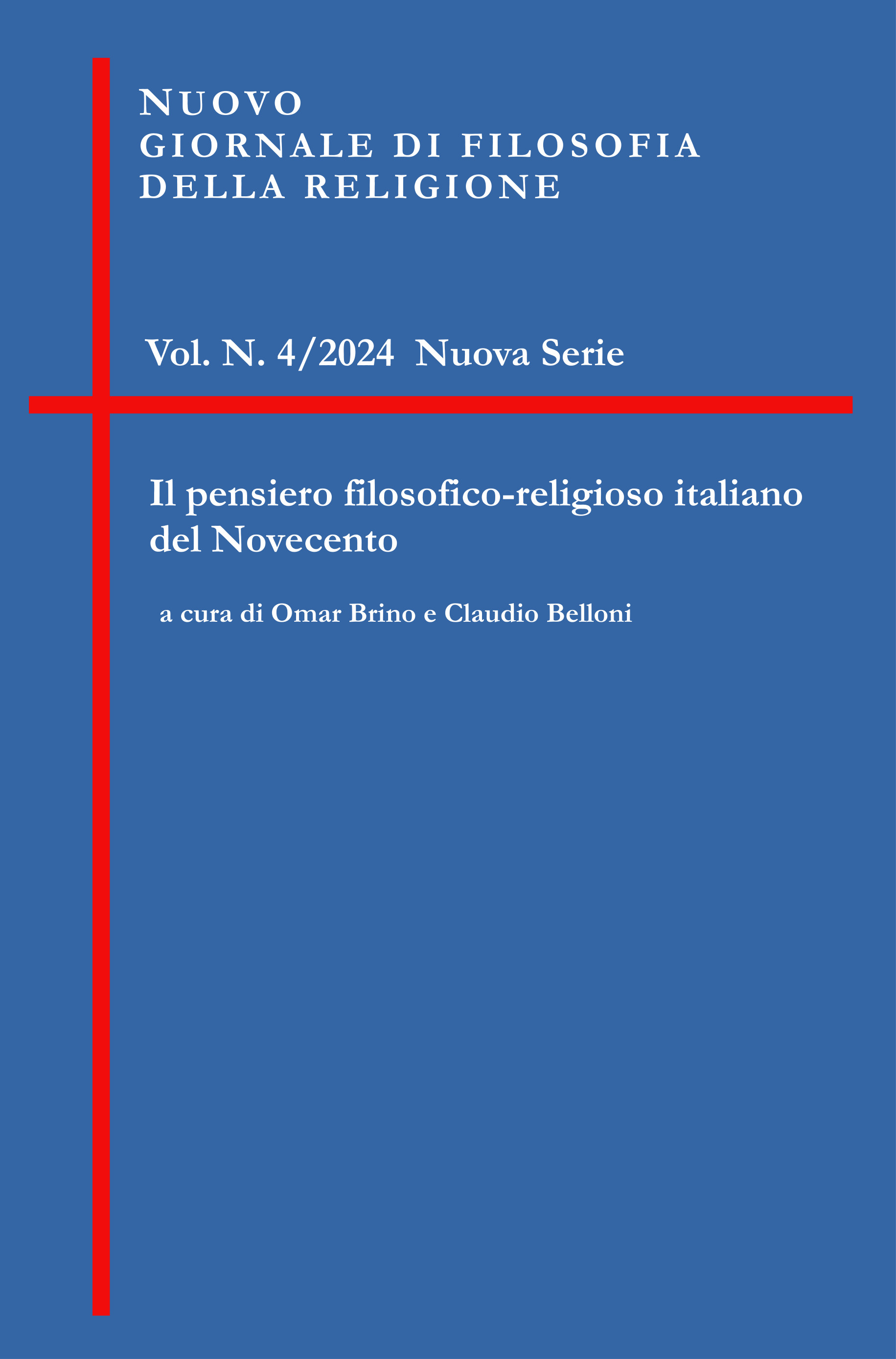Abstract
Vincenzo La Via studiò a Roma con G. Gentile, ma giunse conclusivamente a ritenere che l’attualismo di quest’ultimo conduca conseguentemente non solo alla propria stessa autocritica, ma anche all’autocritica di ogni conoscere che parta da una distinzione di soggetto e oggetto. Di fronte a questa situazione, quella che La Via chiama «la restituzione del realismo» non significa affatto dare peso all’oggetto rispetto a un soggetto ad esso contrapposto – così si rimarrebbe in un dualismo soggetto/oggetto – quanto piuttosto predisporsi a un “darsi” assoluto dell’essere reale indipendentemente da quel dualismo. È lo stesso La Via a comparare questa posizione con lo Heidegger soprattutto successivo alla “Kehre”, ma, diversamente da Heidegger, egli interpreta il carattere di autorivelazione della verità nel suo «“donante” darsi» in sintonia con pensatori cristiani come A. Rosmini, che diventa suo favorito argomento di studio in vari lavori della maturità.
Parole chiave: Vincenzo La Via, restituzione del realismo, M. Heidegger, A. Rosmini, filosofia e religione.
Vincenzo La Via studied in Rome with G. Gentile, but ultimately concluded that the latter’s actualism leads not only to its own self-criticism but also to the self-criticism of any knowledge that starts from a distinction between subject and object. Considering this situation, what La Via calls “the restitution of realism” does not mean giving weight to the object in relation to a subject opposed to it – as this would remain in a subject/object dualism – but rather preparing for an absolute “giving” of the real being independently of that dualism. La Via himself compares this position with that of M. Heidegger, especially after his “Kehre,” but, unlike Heidegger, he interprets the character of the self-revelation of truth in his “donating” giving in harmony with Christian thinkers like A. Rosmini, who becomes a favored subject of study in various works of his maturity.
Keywords: Vincenzo La Via, restitution of realism, M. Heidegger, A. Rosmini, philosophy and religion

TQuesto lavoro è fornito con la licenza Creative Commons Attribuzione 4.0 Internazionale.
Copyright (c) 2025 Omar Brino

